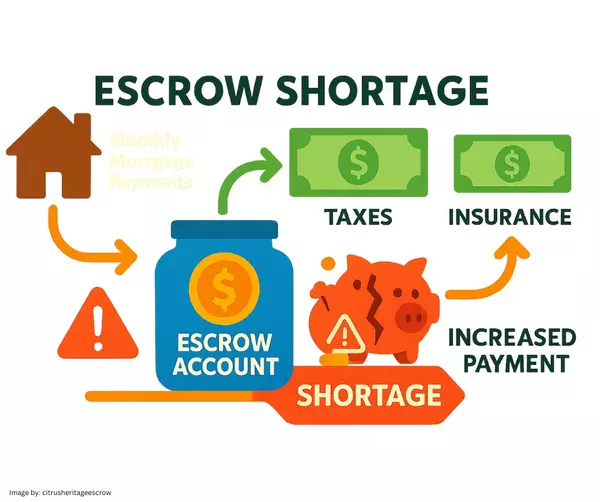Why Flood Insurance Matters When Buying Property in Certain Locations
In real estate, flood insurance is often a crucial consideration, especially in areas with high flood risks. While some buyers must have flood insurance as a loan condition, others might view it as optional. Here’s a breakdown of when and why flood insurance is necessary—or potentially optional—and what it means for you as a buyer.
1. Understanding Flood Zones
FEMA (the Federal Emergency Management Agency) designates specific areas as high-risk or low-to-moderate-risk flood zones. High-risk zones, like those marked “Zone A” or “Zone AE” and others on FEMA’s flood maps, are more likely to experience significant flooding. In these areas, flood insurance is usually mandatory if the property purchase involves a federally backed mortgage.
2. When Flood Insurance is Required
If a property falls within a high-risk flood zone and the buyer is using a federally backed mortgage (such as FHA or VA loans), lenders will require flood insurance as a condition of the loan. This insurance is essential, not just for the lender’s protection but also for the buyer, as it covers damages from floods that homeowner’s insurance won’t cover.
Why it’s essential? Flood repairs can be extensive and costly, often amounting to tens of thousands of dollars for even moderate damage. Flood insurance mitigates these financial risks.
3. Optional but Recommended in Low-Risk Areas
In lower-risk zones, flood insurance might not be required by lenders, but it can still be a wise investment. In locations with minimal flood history, insurance premiums tend to be lower, making it an affordable precaution against potential losses from unpredictable flood events. Changing weather patterns have led to increased flood risks in traditionally low-risk areas, which means that even if flood insurance is optional, it can provide peace of mind.
4. Rising Flood Risks in Florida and Coastal Areas
Florida’s geography and proximity to sea levels put many areas, including Tampa, at an increased risk of flooding. Coastal developments and seasonal hurricanes mean that even inland properties can be vulnerable. Buyers should consider both FEMA flood maps and updated, localized data to get an accurate picture of potential risks.
Cost Factor: Flood insurance in high-risk areas might be costly, but FEMA offers subsidized options through the National Flood Insurance Program (NFIP), especially if your property meets floodplain compliance requirements.
6. Making an Informed Decision
Whether flood insurance is required or not, potential buyers should always consider it carefully, especially in states like Florida. Speak with a qualified real estate and/or insurance agent to understand the specific flood risk in your area and explore insurance options that fit your budget and long-term plans.
Final Thoughts
Flood insurance requirements depend on a property’s location, the type of mortgage, and specific FEMA guidelines. While not always mandatory, flood insurance provides vital protection and peace of mind, particularly in flood-prone areas. Before purchasing property, get a detailed flood zone report, review local flood histories, and consider your long-term financial protection.

Categories
Recent Posts










GET MORE INFORMATION

Agent | License ID: SL3518005
![window.gtranslateSettings = {"default_language":"en","native_language_names":true,"detect_browser_language":true,"languages":["en","es","it"],"wrapper_selector":".gtranslate_wrapper","flag_size":16,"horizontal_position":"right","vertical_position":"top","flag_style":"3d","alt_flags":{"en":"usa"}}](https://cdn.lofty.com/image/fs/508869918698733/website/79304/cmsbuild/h200_2025926_ca09e307b20343ef-png.webp)